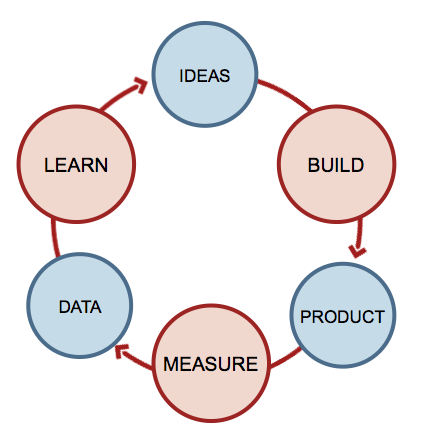Recently I read about the yet unbuilt 2011 Ford Fiesta that attracted more than a thousand online pre-orders within the first 6 days of the launch of its reservation program. It made me wonder not only about the marketing hype associated with such campaigns, but also about the fact that pre-orders from such campaigns help dealers gauge interest in the vehicle and what accessories consumers find most appealing.
I found it interesting that the same thought can be applied in the context of technology startups. Pre-release expressions of interest can immensely help Lean Startups gauge interest in the (yet unbuilt) product and what features consumers may find most appealing. It can also help startups ascertain the actual scope, perspective demand and real-world audience of the product, all of which are very important factors for effective monetization. After all, the first goal of a startup is to find those first 50 paying customers.
A big part of the problem is that no one knows what will work with the consumers and what won’t. No amount of market research, case studies or investment will ever substitute a real-world trial. So you start with a bare bones product that requires minimum efforts to build & release for a “preview product”, and hence reduce the time to market.
Building this “preview product”, or a Minimum Viable Product (MVP) as Eric Ries likes to call it, is essentially based on minimizing total time through the Lean Startup feedback loop:

Bootstrapping, rapid prototyping, customer driven development, iterative improvement, eliminating waste (muda), unit testing and continuous deployment are all essential components for building a MVP. Much of this paradigm is also derived from the Toyota Production System.
For example, having a paid account availability notification in your application is a tiny yet nifty approach to a MVP. You build a smaller product, or rather, you build a single feature. You incrementally improve it based on early feedback from interested users. And during this lean startup loop, you measure the actual value of the product by inviting users to pre-order your lean product.
In the field of human-computer interaction, a Wizard of Oz experiment is a research experiment in which subjects interact with a computer system that subjects believe to be autonomous, but which is actually being operated or partially operated by an unseen human being. A related true story I read about an ad-hoc approach, similar to what an MVP can often employ, goes like this:
There was a guy who wanted to sell cars online. But it was a huge system to write from end-to-end, and moreover he didn’t know if it would work or not. So he made a simple website with basic content and forms etc., but he processed the entire back-end work by hand. There was no real automated backend, but the customers got the impression that the entire thing is pretty much automated. This experiment provided him the feedback he needed for expanding his business processes and automating only the essential components.
The best way to predict the future is to invent it.